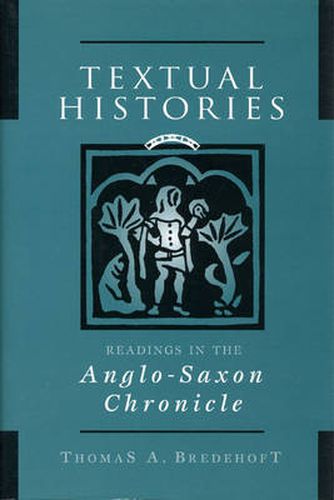Readings Newsletter
Become a Readings Member to make your shopping experience even easier.
Sign in or sign up for free!
You’re not far away from qualifying for FREE standard shipping within Australia
You’ve qualified for FREE standard shipping within Australia
The cart is loading…






The Anglo-Saxon Chronicles are recordings of historical events in England from the beginning of the Christian era to 1154. The inspiration to compile and often translate to the vernacular brief entries from church annals, and then progressively longer historical accounts, poems and genealogies, is thought to come from Alfred, King of West Saxons (848-99) as part of his drive to revive learning and literature in England. After Alfred’s death, scribes carried on amassing prose narratives, poems and genealogies, as well as transcribing the existing entries. Such a massive historical project leaves us now with a set of documents so complex that a planned edition is likely to consist of over 20 volumes. In this study Thomas Bredehoft asks: what was the cultural force of such a singular document? Who might have been reading it, who was steering its formation at various periods, and to what end?
$9.00 standard shipping within Australia
FREE standard shipping within Australia for orders over $100.00
Express & International shipping calculated at checkout
Stock availability can be subject to change without notice. We recommend calling the shop or contacting our online team to check availability of low stock items. Please see our Shopping Online page for more details.
The Anglo-Saxon Chronicles are recordings of historical events in England from the beginning of the Christian era to 1154. The inspiration to compile and often translate to the vernacular brief entries from church annals, and then progressively longer historical accounts, poems and genealogies, is thought to come from Alfred, King of West Saxons (848-99) as part of his drive to revive learning and literature in England. After Alfred’s death, scribes carried on amassing prose narratives, poems and genealogies, as well as transcribing the existing entries. Such a massive historical project leaves us now with a set of documents so complex that a planned edition is likely to consist of over 20 volumes. In this study Thomas Bredehoft asks: what was the cultural force of such a singular document? Who might have been reading it, who was steering its formation at various periods, and to what end?